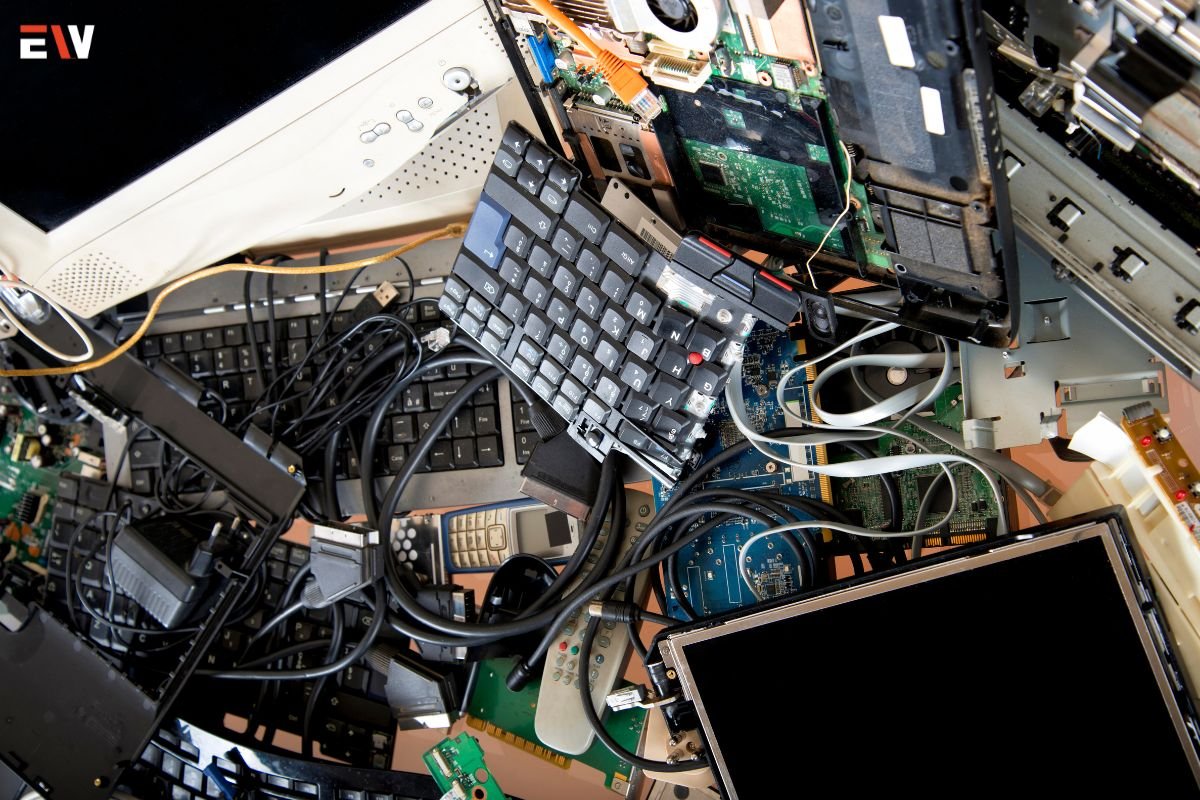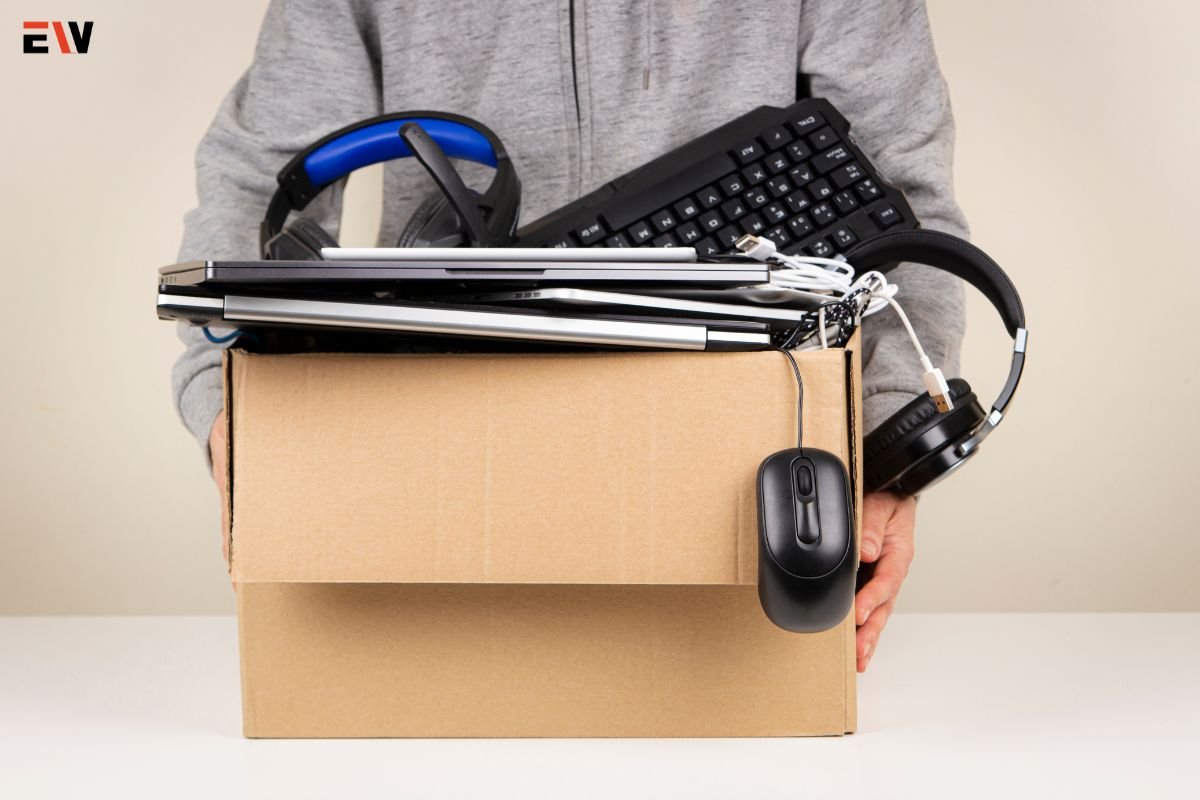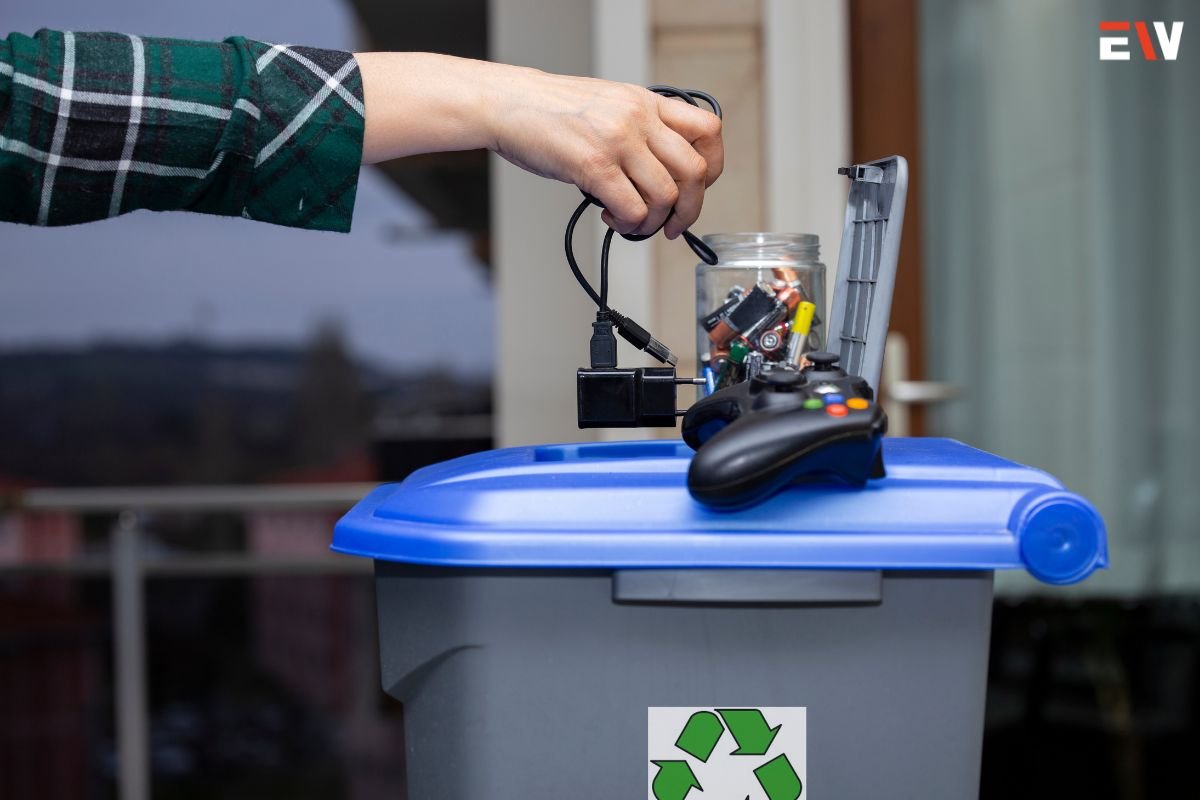E-waste, or electronic waste, refers to discarded electronic devices such as smartphones, laptops, TVs, and other gadgets. With the rapid pace of technological advancement, e-waste has become a significant environmental concern. Proper recycling of e-waste is essential to prevent hazardous materials from harming the environment and to recover valuable resources. This guide provides an in-depth look at how to recycle e-waste effectively and responsibly.
How to recycle e-waste and why it matters?
1. Environmental Protection:
- Hazardous Materials: E-waste contains toxic substances like lead, mercury, and cadmium, which can contaminate soil and water if not properly disposed of.
- Resource Recovery: Recycling e-waste allows for the recovery of valuable materials such as gold, silver, and copper, reducing the need for new raw materials.
2. Economic Benefits:

- Job Creation: The e-waste recycling industry creates jobs in collection, sorting, and processing.
- Cost Savings: Recycling can reduce the cost of raw materials for manufacturers and lower the cost of waste management for municipalities.
3. Legal and Ethical Responsibility:
- Regulatory Compliance: Many countries have laws and regulations governing the proper disposal of e-waste. Recycling helps ensure compliance with these regulations.
- Corporate Responsibility: Businesses have a responsibility to manage their e-waste responsibly, reflecting their commitment to sustainability and ethical practices.
Steps to Recycle E-Waste
1. Identify Recyclable E-Waste:
- Common Items: E-waste includes a wide range of electronic devices such as computers, printers, mobile phones, tablets, TVs, and household appliances.
- Check for Hazardous Components: Identify items that contain hazardous materials like batteries, CRTs, and circuit boards, which require special handling.
2. Prepare E-Waste for Recycling:
- Data Wipe: Before recycling, ensure that all personal data is wiped from devices to protect your privacy.
- Remove Batteries: Many e-waste recyclers require batteries to be removed from devices as they are processed separately.
3. Find a Certified E-Waste Recycler:

- Certified Facilities: Look for recyclers certified by organizations like e-Stewards or R2 (Responsible Recycling) to ensure they follow strict environmental and safety standards.
- Manufacturer Take-Back Programs: Many electronics manufacturers offer take-back programs where they accept old devices for recycling.
4. Drop Off or Schedule a Pickup:
- Local Collection Points: Many communities have e-waste collection points or events where you can drop off your electronic devices.
- Mail-In Programs: Some recyclers and manufacturers offer mail-in programs where you can send your e-waste for recycling.
- Pickup Services: For larger quantities or bulk items, some recyclers provide pickup services.
5. Understand the Recycling Process:
- Sorting and Dismantling: E-waste is sorted by type and dismantled to separate valuable components from hazardous materials.
- Processing: Valuable materials are extracted and processed for reuse, while hazardous materials are safely disposed of or treated.
- Shredding and Separation: Remaining materials are shredded and separated into different categories (metals, plastics, glass) for further processing and recycling.
Tips for Reducing E-Waste
1. Extend the Life of Electronics:
- Maintenance and Repairs: Regular maintenance and timely repairs can extend the life of your electronic devices.
- Upgrades: Upgrade components like RAM or hard drives instead of replacing the entire device.
2. Donate or Sell Old Devices:

- Donation: Donate working electronics to schools, non-profits, or community centers.
- Resale: Sell old devices online or through local resale shops.
3. Choose Sustainable Products:
- Eco-Friendly Brands: Support brands that prioritize sustainability and offer eco-friendly products.
- Energy-Efficient Devices: Opt for energy-efficient devices that consume less power and have a longer lifespan.
How to Recycle E-Waste: Conclusion
Recycling e-waste is crucial for protecting the environment, conserving valuable resources, and ensuring the safe disposal of hazardous materials. By following the steps outlined in this guide, you can contribute to a more sustainable and responsible approach to managing electronic waste. Whether you’re an individual looking to recycle a few devices or a business with larger quantities of e-waste, there are many options available to ensure that your e-waste is handled properly.
Taking the time to recycle e-waste not only benefits the environment but also supports the economy and helps build a more sustainable future. Make a commitment to responsible e-waste management and encourage others to do the same. Together, we can reduce the impact of electronic waste and promote a healthier planet.










